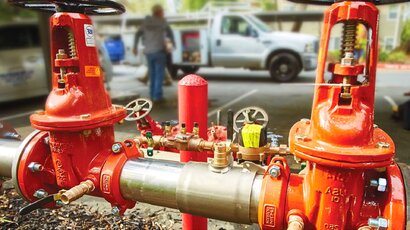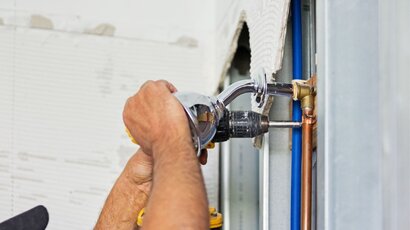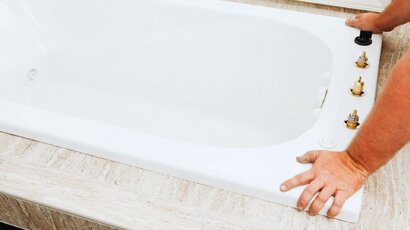Backflow Prevention Tips For Homeowners
Get our expert plumbers best tips of preventing backflow issues in your home. Find out the common causes of backflow problems, backflow testing methods and the types of devices you can install!
Dealing with backflow can be quite a hassle, particularly if you’re new to homeownership. It often pops up out of nowhere, catching you off guard. Thankfully, there are a few effective ways to prevent it and keep your plumbing in good shape.
Before we jump into how you can stop it, let’s clarify what backflow means.
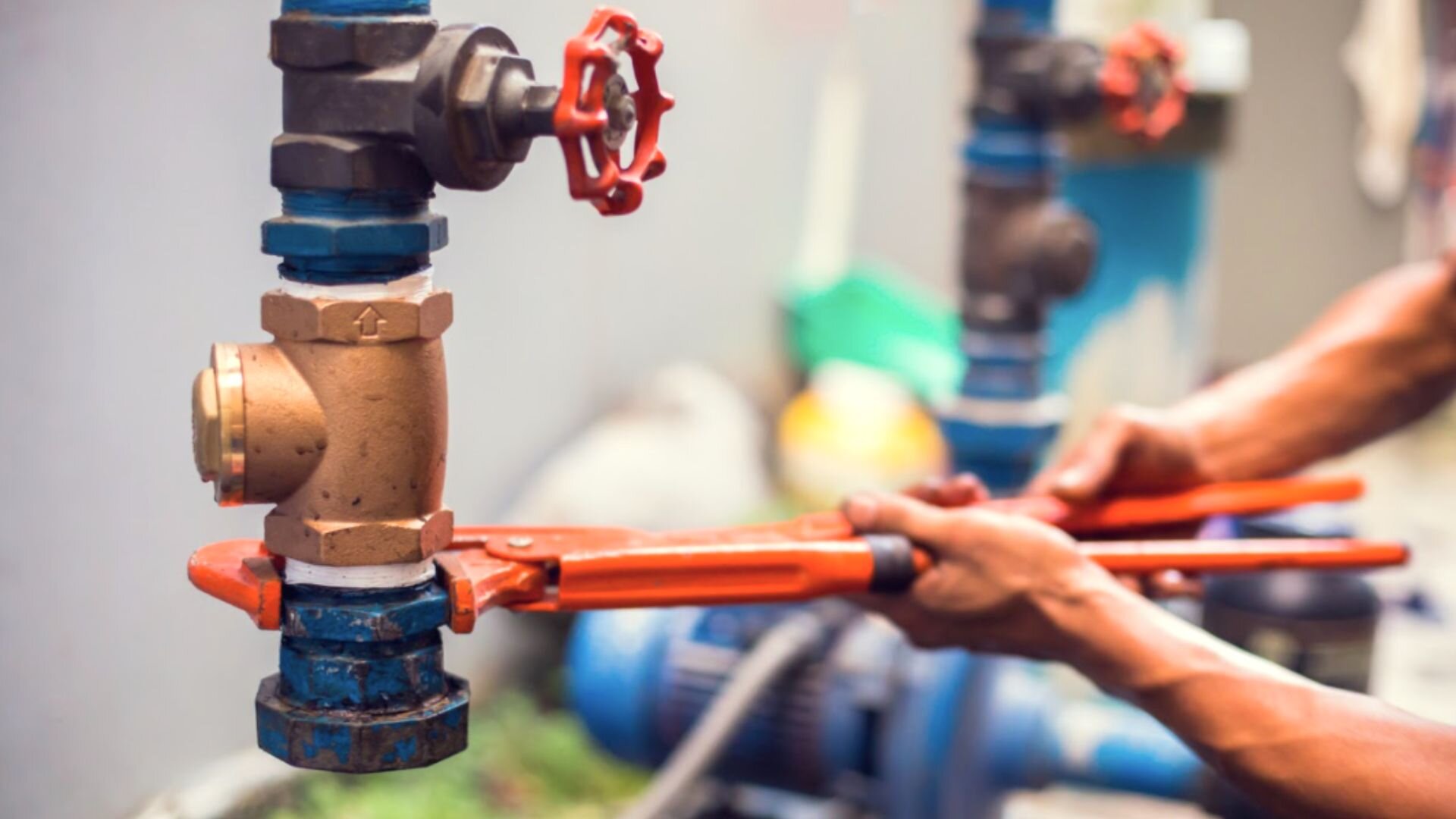
As the name suggests, backflow occurs when the water flows backwards rather than in the correct direction it’s supposed to flow. Generally, backflow is a lot worse than any other drainage problem.
For instance, rather than flowing out of your toilet, sink, or other fixtures, dirty water flows back into your bathroom drainage, potentially contaminating your home’s water supply with harmful substances. Several factors, including cross-contamination in the drainage system, can cause backflow.
Cross-contamination takes place whenever there is contamination between clean and dirty water. Most home drainage systems have a backflow prevention system installed to prevent backflow problems.
Other than cross-contamination, other reasons may result in backflow within your plumbing system. Let’s take a look at a few.
As mentioned above, most homes have appropriate backflow prevention devices installed in their plumbing system. Where these backflow devices are damaged, there is a possibility of cross-contamination. This is more likely if the prevention device is installed within the fixture, which is common with plumbing fixtures.
Have you noticed a drop in water pressure? The drain pipes must maintain a set water pressure level. When this level drops, it heightens the chances of cross-contamination between clean and dirty water. Keeping the water pressure steady and regulated can prevent backflow problems. Low water pressure can also result in back syphoning, where the water is almost vacuumed through the system.
To avoid potential backflow problems, you must install prevention devices. These devices are not just optional; they are necessary in residential properties with features like an irrigation system or large boilers. However, if you need one, it’s best to start by understanding what each type of backflow preventer does. The various types of backflow preventers are as follows:
An air gap, a form of physical separation, is typically the space between the water outlet of different plumbing fixtures and the flood level. It is a simple and effective method of preventing back pressure to ensure the potable water supply remains uncontaminated.
PVBs, or Pressure Vacuum Breakers, are often used in scenarios where there’s a risk of back pressure. They’re excellent at preventing contaminated water from infesting your clean water supply, providing an essential layer of protection.
A double-check valve assembly includes two separate check valves placed strategically within the drainage system. It’s highly effective in preventing backflow and back siphonage, making sure water flows as it should.
An RPZ consists of two spring-loaded check valves, two shut-off valves, and three vertical test cocks. They are typically used in conditions where water pressure drops are frequent and in areas where there is no interruption in meter service, ensuring the water system functions properly.
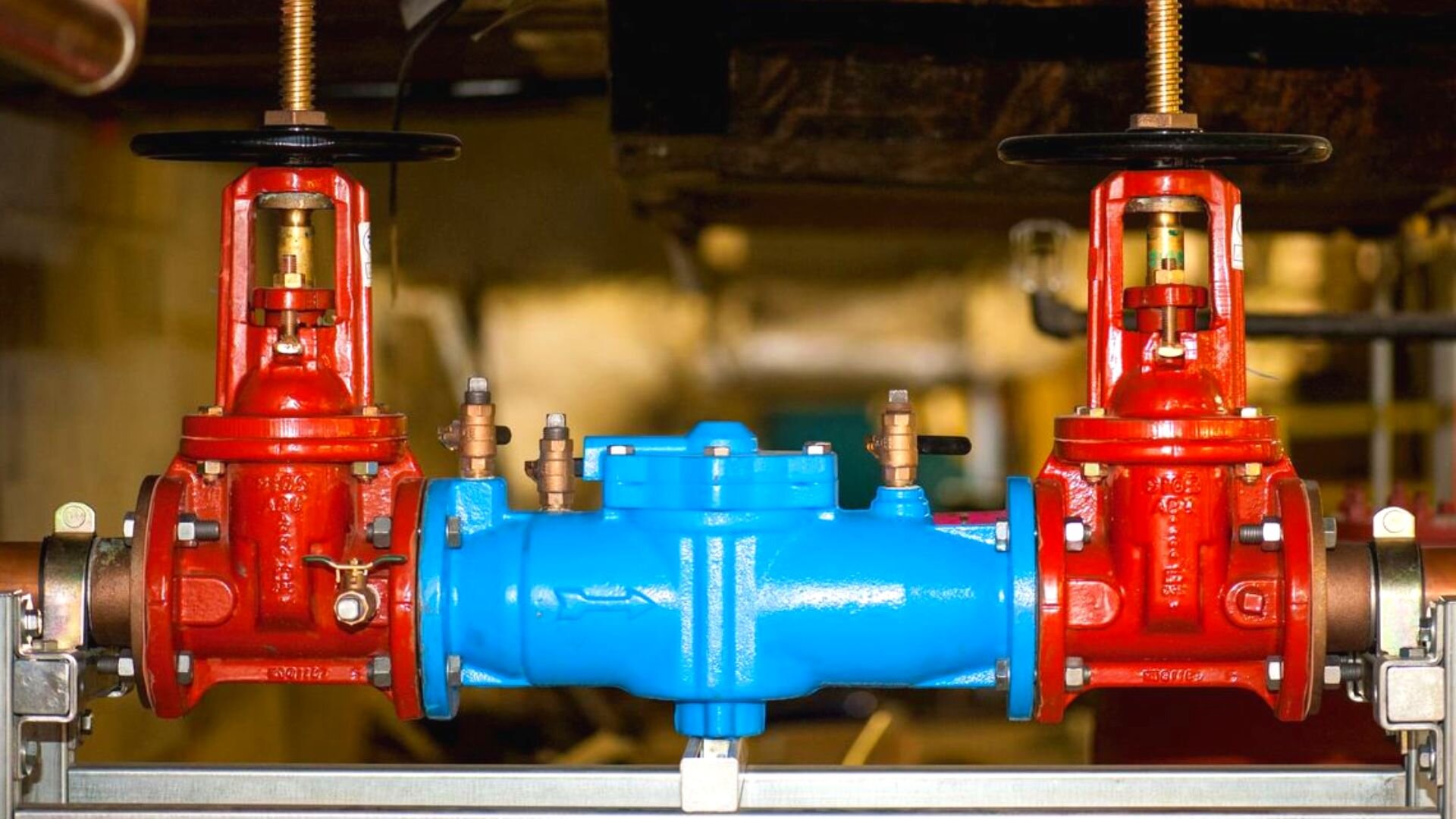
Checking for backflow issues is crucial for keeping your home’s plumbing systems in good shape. While there are various methods to test for backflow, using a test kit is the most common. These kits come with all the essential tools and instructions.
If you don’t own a backflow testing kit, here is a simple way to test for the same. But before you begin, shut off all water supply systems. Proceed to the fixture with the problem and determine whether it’s a reduced pressure device or a double-check valve system. Generally, all information regarding the direction of water flow will be mentioned on the fixture itself.
Use numbered test cocks and attach them to the valves after shutting them off. If you own a test kit hose, attaching them to the valve will help. To test the fixture, turn on the water supply lines and inspect them for any signs. If the relief valve does not open as water passes, it must be replaced similarly if the water places the whole valve assembly.
Backflow is cumbersome to deal with and requires intense repairs and replacements. To prevent this, regular maintenance of your plumbing fixtures is recommended. Here are some ways you can maintain your plumbing and avoid backflow.
Make sure every garden hose connection has a backflow prevention device. Also, be cautious that the hose doesn’t create puddles, as this could lead to contamination.
Air gaps are crucial for most devices, so ensure enough air space is left after plumbing. If you use water filters, change them frequently. Overusing a single water filter can result in severe contamination due to the growth of bacteria and other harmful viruses.
Backflow problems can be both common and annoying. Thankfully, regular maintenance and basic cleaning can help avoid them. If you encounter serious backflow issues, it’s best to reach out to a professional.
For emergency services, contact our experts at WP Plumbing, who offer same-day services at fixed and fair prices. In addition to reliable testing and installation, our licensed Melbourne plumbers can also repair and maintain your devices.
Your backflow preventer is important to protect your water supply from contamination. It works by preventing the reverse flow of water from a contaminated source into the clean water supply. Find out more here!
Selecting the right shower for your bathroom can transform your daily routine. From understanding different types of showers to considering your space and plumbing, explore expert advice to find the perfect fit that matches your style and meets your needs.
Get the latest advice on choosing a suitable bathtub for your bathroom renovation. Learn to pick the perfect bath that fits your style and budget by reading our informative guide!
